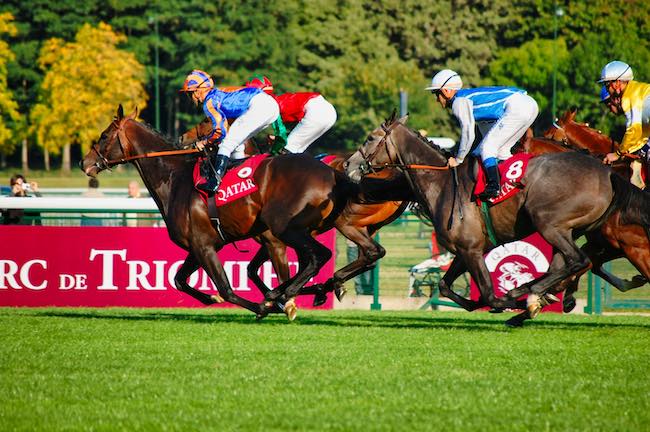How Ground & Grass Maintenance Affects Race Courses

A horse track being in good condition is the same as a football pitch being in a good condition, or a tennis court being in a good condition. It is a necessity for the sport. If a track is left poorly looked after an accident could happen and people or animals could get hurt so it is imperative to make sure they are looked after.
What Costs are Associated with Owning a Racecourse
Owning a racecourse is very fun and exciting but is an expensive investment. To pay for the track each year costs between £17,000-£29,000 and this is without the overall maintenance that is needed to keep it up to standard. The price differential is based on several factors, whether it’s the location of stables, level of competition etc.
It all affects the overall price you pay. You also need to pay for the trainer and jockey fees, entry fees and the list could go on and on. The overall amount you spend is a massive amount of money but in the long run, you have the potential to make a good amount too.
Ground types
The different types of grounds are: Firm, this is when there has been no rain, but this is less common now as most tracks are watered to keep the ground safe. Good to firm, this is when the ground has been rained on or watered so the ground is wet but also still firm. This is very common now. Good, this is when the ground has been wet enough to take all the firmness out, this is the best and suits most horses. Good to soft, this is a good ground that is holding more water on its surface. Soft, this is when the ground has been softened a lot by the rain but can take more water. Finally, heavy, this is when a lot of rain has been dropped onto the ground and the race is on the verge of being called off.
How do they determine the ground type
Pre-2008 races, the ground would be determined by the clerk, they would walk onto the track on the morning of the races and select the ground type based on the feel of it. This system was okay but flawed until in 2007 The Going Stick was introduced and made mandatory in 2008 races.
The Going Stick reads the moisture in the ground and produces a number that falls into a category that corresponds to a ground type. Every British racecourse has to use this whether it’s the Bechers Grace or the Irish Grand National, both of which are sponsored by Boylesports, it is mandatory to check the ground type to protect the safety of the racers.
Horses Performances
Horses are trained and looked after based on the type of ground they like to race on. When a horse is being ridden on the grounds the trainers like to check what ground they are better for, they do this by looking at their knee action, this means when a horse runs on a track their knees move in a certain way and this determines the ground they like.
So if a horse has a high knee action, it means they like soft ground. If a horse does not have a high knee action it means they prefer harder and faster tracks as they pick their knees up less and run with faster action in their legs.
This is not gospel and not always 100% factual but it is right most of the time and is the best indication for the jockeys.
Final Thoughts
Finally, the effort and the work that goes into maintaining a racecourse is a massive plus for the sport as it keeps the jockeys and the horses safe. You can see that everyone’s safety is a priority.
If you were ever wondering whether a racecourse would be a good investment somewhere down the line, you must ensure that you look at both the positives and negatives and make sure you are prepared to spend a lot of money yearly on the price and the maintenance of the ground.


